Home>Furniture & Design>Bathroom Accessories>How To Clean Rust Stains From Toilet Bowl
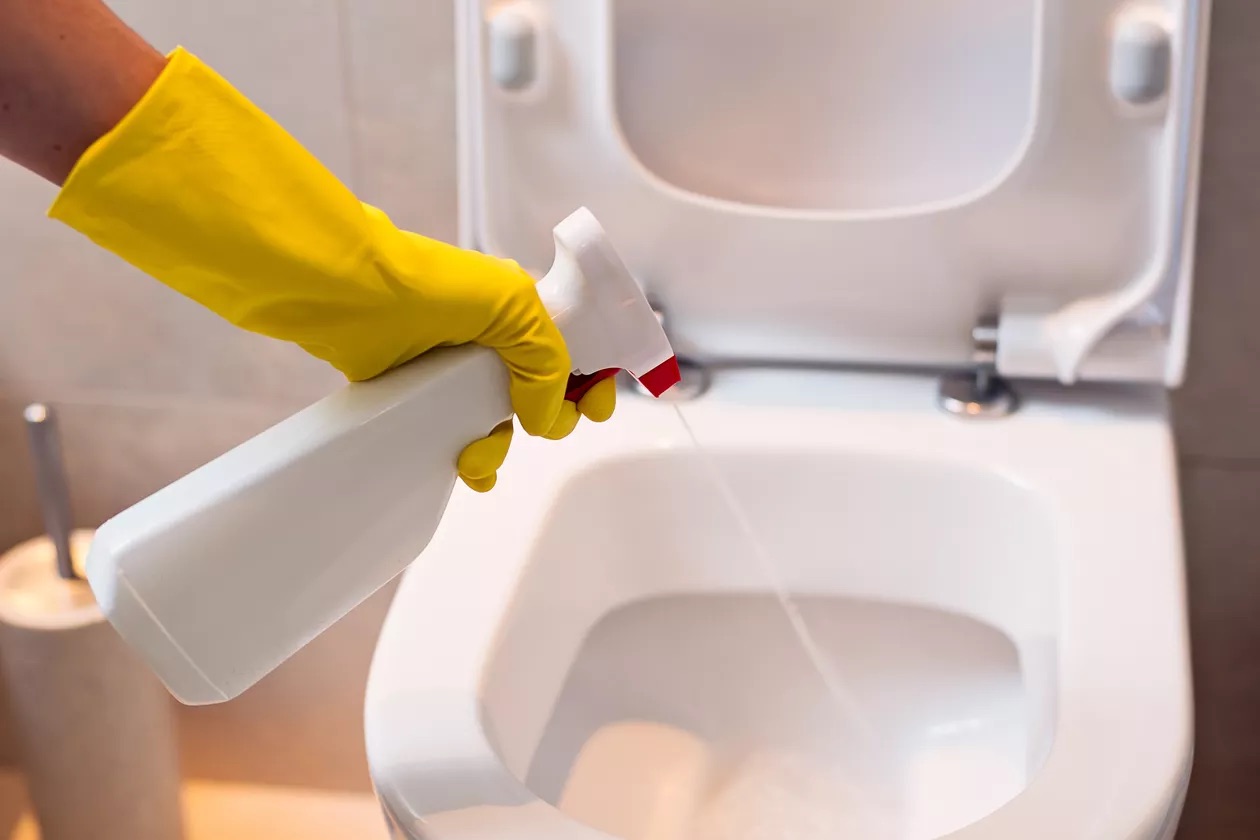

Bathroom Accessories
How To Clean Rust Stains From Toilet Bowl
Modified: March 22, 2024
Learn how to effectively remove rust stains from your toilet bowl with our expert tips and tricks. Keep your bathroom accessories looking clean and fresh.
(Many of the links in this article redirect to a specific reviewed product. Your purchase of these products through affiliate links helps to generate commission for Storables.com, at no extra cost. Learn more)
Introduction
Dealing with rust stains in a toilet bowl can be a frustrating and unsightly issue for many homeowners. These stubborn stains not only detract from the overall cleanliness of the bathroom but can also be challenging to remove. However, with the right tools, techniques, and a bit of elbow grease, you can effectively tackle this common problem and restore your toilet bowl to its former gleaming state.
Rust stains are typically caused by the presence of iron particles in the water supply, which can oxidize and leave behind unsightly marks on the porcelain surface of the toilet bowl. These stains often appear as reddish-brown streaks or spots, and if left untreated, they can become increasingly difficult to remove over time.
In this comprehensive guide, we will explore the most effective methods for removing rust stains from a toilet bowl. From understanding the nature of rust stains to the step-by-step cleaning process, you will gain valuable insights and practical tips to help you tackle this cleaning challenge with confidence.
By following the techniques outlined in this guide, you can restore your toilet bowl to its pristine condition, ensuring a clean and inviting bathroom environment for you and your family. So, roll up your sleeves and let's dive into the world of rust stain removal, armed with the knowledge and tools needed to conquer this common household nuisance.
Key Takeaways:
- Say goodbye to rust stains in your toilet bowl by using white vinegar, baking soda, and lemon juice. These natural remedies, along with a good scrub, will restore your toilet to its sparkling clean state.
- Prioritize safety, gather the right tools, and apply the right cleaning solution to effectively remove rust stains from your toilet bowl. With patience and precision, you can achieve a gleaming and rust-free result.
Read more: How To Clean A Toilet Bowl With Stains
Understanding Rust Stains
Rust stains in a toilet bowl are a common nuisance that can detract from the overall cleanliness and aesthetics of the bathroom. These unsightly marks are typically caused by the presence of iron particles in the water supply, which can oxidize and leave behind stubborn reddish-brown stains on the porcelain surface of the toilet bowl.
Understanding the nature of rust stains is crucial in effectively addressing this cleaning challenge. When iron particles come into contact with water and oxygen, a chemical reaction occurs, leading to the formation of iron oxide, commonly known as rust. In the context of a toilet bowl, these iron particles can originate from various sources, including rusty pipes, well water with high iron content, or even the metal components of the toilet's internal mechanisms.
Once these iron particles come into contact with the moist environment inside the toilet bowl, they can adhere to the porcelain surface and gradually develop into noticeable rust stains. Over time, if left untreated, these stains can become increasingly stubborn and difficult to remove, requiring more intensive cleaning methods.
It's important to note that traditional cleaning methods, such as regular toilet bowl cleaners, may not be effective in removing rust stains. This is because rust stains require specialized cleaning solutions and techniques tailored to break down and lift the iron oxide from the porcelain surface without causing damage.
In addition to being aesthetically displeasing, rust stains can also create the impression of poor hygiene and neglect. Therefore, addressing these stains promptly is essential not only for maintaining a clean and inviting bathroom but also for ensuring the longevity of the toilet bowl's pristine appearance.
By gaining a deeper understanding of the chemical processes that lead to rust stain formation and the specific challenges they present, you will be better equipped to choose the most effective cleaning methods and products to tackle this common household issue. Armed with this knowledge, you can proceed with confidence to restore your toilet bowl to its original luster, effectively eliminating the unsightly rust stains and enhancing the overall cleanliness of your bathroom.
Tools and Materials Needed
To effectively tackle rust stains in a toilet bowl, you will need a set of specialized tools and materials designed to break down and remove the stubborn iron oxide deposits. Here's a comprehensive list of the essential items you'll need to gather before embarking on the rust stain removal process:
1. Protective Gear
Before starting the cleaning process, it's important to prioritize safety. Equip yourself with protective gear such as rubber gloves and safety goggles to shield your skin and eyes from the cleaning solutions and any splashes that may occur during the cleaning process.
2. Toilet Bowl Brush
A high-quality toilet bowl brush with durable bristles is essential for effectively scrubbing the rust stains. Look for a brush specifically designed for removing tough stains, as it will provide the necessary scrubbing power without damaging the porcelain surface of the toilet bowl.
Read more: How To Clean Yellow Stained Toilet Bowl
3. Rust Stain Remover
Invest in a reliable rust stain remover specifically formulated for use in toilet bowls. Look for a product that contains powerful rust-dissolving agents to effectively break down and lift the stubborn stains without causing damage to the porcelain. Ensure that the product is safe for use in septic systems if applicable.
4. White Vinegar
White vinegar is a versatile and eco-friendly cleaning agent that can be highly effective in removing rust stains. Its acidic nature helps to dissolve the iron oxide deposits, making it an excellent natural alternative for tackling stubborn stains in the toilet bowl.
5. Baking Soda
Baking soda, when combined with white vinegar, forms a powerful and non-toxic cleaning paste that can help to further break down and lift rust stains. This natural cleaning combination is gentle on the porcelain surface while offering effective stain removal properties.
6. Lemon Juice
The citric acid present in lemon juice can be a valuable ally in the fight against rust stains. Its natural acidic properties make it an effective rust remover, and its pleasant fragrance can leave the toilet bowl smelling fresh and clean after the cleaning process.
Read more: How To Clean Urine Stain In Toilet Bowl
7. Plastic or Rubber Container
Prepare a plastic or rubber container to mix and apply the cleaning solutions. Avoid using metal containers, as the acidic nature of some cleaning agents can react with metal surfaces.
8. Water
Having a ready supply of water is essential for rinsing the toilet bowl and diluting the cleaning solutions as needed. Ensure that you have access to water for the rinsing and flushing stages of the cleaning process.
By assembling these essential tools and materials, you will be well-prepared to tackle the task of removing rust stains from your toilet bowl effectively. With the right combination of cleaning agents, natural remedies, and protective gear, you can approach the cleaning process with confidence, knowing that you have the necessary resources to restore your toilet bowl to its pristine condition.
Step 1: Preparation
Before diving into the process of removing rust stains from the toilet bowl, it's crucial to undertake thorough preparation to ensure a safe and effective cleaning experience. This initial step sets the foundation for the subsequent cleaning process, allowing you to approach the task with confidence and precision.
-
Safety First: Prioritize safety by equipping yourself with protective gear, including rubber gloves and safety goggles. These essential items will shield your skin and eyes from the cleaning solutions and any potential splashes, ensuring a safe cleaning experience.
-
Ventilation: Ensure adequate ventilation in the bathroom by opening windows or using a fan. Proper ventilation helps to minimize exposure to cleaning fumes and promotes air circulation, creating a more comfortable environment for the cleaning process.
-
Gather Tools and Materials: Assemble all the necessary tools and materials, including a high-quality toilet bowl brush, rust stain remover, white vinegar, baking soda, lemon juice, a plastic or rubber container for mixing solutions, and a ready supply of water for rinsing.
-
Read Instructions: If using a commercial rust stain remover, carefully read and follow the manufacturer's instructions for safe and effective usage. Understanding the recommended application methods and safety precautions is essential for achieving optimal results without causing damage to the toilet bowl.
-
Prepare Cleaning Solutions: If opting for natural cleaning remedies such as white vinegar and baking soda, prepare the cleaning solutions in advance. Mix the white vinegar and baking soda to form a paste-like consistency, ensuring that the proportions are suitable for the size of the rust stains in the toilet bowl.
-
Flush the Toilet: Before applying any cleaning solutions, flush the toilet to wet the surface and remove any excess water. This initial step helps to prepare the toilet bowl for the application of cleaning agents, allowing for better adherence and penetration of the solutions into the rust stains.
By meticulously preparing for the rust stain removal process, you set the stage for a smooth and effective cleaning experience. Prioritizing safety, gathering the necessary tools and materials, and preparing the cleaning solutions are essential components of the preparation phase, laying the groundwork for the subsequent steps in the cleaning process. With these preparatory measures in place, you are ready to proceed to the next phase of tackling the stubborn rust stains in the toilet bowl.
Step 2: Application of Cleaning Solution
Once the preparation phase is complete, it's time to apply the chosen cleaning solution to the rust stains in the toilet bowl. This step is crucial in effectively breaking down and lifting the stubborn iron oxide deposits, preparing the stains for the subsequent scrubbing process. Whether using a commercial rust stain remover or natural cleaning remedies such as white vinegar and baking soda, the application process requires precision and thorough coverage to ensure optimal results.
If using a commercial rust stain remover, carefully follow the manufacturer's instructions for application. Most rust stain removers require the user to apply the solution directly to the affected areas of the toilet bowl. Ensure that the product is specifically formulated for use in toilet bowls and is safe for the porcelain surface. Allow the cleaning solution to sit for the recommended duration as per the product instructions, allowing it to penetrate and dissolve the rust stains effectively.
For those opting for natural cleaning remedies, such as white vinegar and baking soda, the application process involves applying the prepared cleaning paste directly to the rust stains. Using a plastic or rubber container, mix the white vinegar and baking soda to form a paste-like consistency. Once the paste is ready, carefully apply it to the affected areas of the toilet bowl, ensuring thorough coverage of the rust stains. The natural acidic properties of the white vinegar, combined with the abrasive action of the baking soda, work together to break down and lift the stubborn iron oxide deposits from the porcelain surface.
In both cases, it's essential to allow the cleaning solution to sit for an adequate duration, as recommended by the product instructions or based on the specific cleaning method chosen. This resting period allows the cleaning agents to effectively penetrate the rust stains, loosening them from the porcelain surface and preparing them for the subsequent scrubbing process. During this time, the chemical reactions initiated by the cleaning solutions work to dissolve the iron oxide, making it easier to remove the stains during the scrubbing phase.
By carefully applying the chosen cleaning solution and allowing it to work its magic, you set the stage for the next critical step in the rust stain removal process. The application of the cleaning solution is a pivotal phase that lays the groundwork for effectively tackling the stubborn rust stains in the toilet bowl, bringing you one step closer to achieving a gleaming and rust-free toilet bowl.
Read more: How Do You Clean A Stained Toilet Bowl
Step 3: Scrubbing the Stains
After allowing the cleaning solution to work its magic on the rust stains, the next crucial step in the rust stain removal process is to engage in thorough scrubbing to lift and remove the loosened iron oxide deposits from the porcelain surface of the toilet bowl. This step requires precision, patience, and the use of a high-quality toilet bowl brush specifically designed for tackling tough stains without causing damage to the toilet bowl.
Begin by donning your protective gloves and grabbing the toilet bowl brush, ensuring that the bristles are sturdy and capable of providing effective scrubbing power. With the cleaning solution still present in the toilet bowl, use the brush to vigorously scrub the affected areas, focusing on the rust stains to dislodge and lift the loosened iron oxide deposits. Employ circular and back-and-forth motions to ensure thorough coverage and targeted scrubbing of the stains.
It's essential to exert the right amount of pressure while scrubbing, ensuring that you effectively target the rust stains without causing damage to the porcelain surface. Pay particular attention to areas where the rust stains are most concentrated, dedicating additional scrubbing effort to these stubborn spots. As you scrub, you may notice the rust stains gradually breaking apart and lifting from the surface, revealing the pristine porcelain underneath.
For particularly stubborn or persistent rust stains, consider applying additional cleaning solution and allowing it to sit for a few more minutes before resuming the scrubbing process. This extra step can further loosen the remaining iron oxide deposits, making them easier to remove during the scrubbing phase. Additionally, periodically rinsing the brush in clean water can help prevent the transfer of loosened rust stains back onto the porcelain surface, ensuring a more effective cleaning process.
As you continue to scrub the stains, periodically assess the progress to determine the effectiveness of the cleaning process. If necessary, reapply the cleaning solution or adjust your scrubbing technique to target any remaining traces of rust stains. Persistence and attention to detail are key during this phase, as thorough and targeted scrubbing is essential for achieving a rust-free and gleaming toilet bowl.
By diligently engaging in the scrubbing process, you are actively working to lift and remove the stubborn rust stains, revealing the clean and pristine porcelain surface underneath. This phase marks a pivotal stage in the rust stain removal process, bringing you closer to achieving a toilet bowl free from unsightly rust marks and ensuring a clean and inviting bathroom environment for you and your family.
Step 4: Rinse and Repeat if Necessary
After completing the thorough scrubbing process to lift and remove the loosened rust stains from the toilet bowl, the next critical step involves rinsing the bowl to remove any residual cleaning solution and dislodged iron oxide deposits. This rinsing phase is essential for ensuring that the toilet bowl is left clean, free from any lingering cleaning agents, and ready to showcase its restored luster.
Begin by flushing the toilet to rinse the interior surface and remove the loosened rust stains and cleaning solution. This initial flush helps to clear the bowl of any dislodged debris and residual cleaning agents, providing a clean slate for further assessment of the stain removal progress. As the water flows through the bowl, observe the areas that were previously affected by rust stains, noting any remaining traces that may require additional attention.
Following the initial flush, use a clean toilet bowl brush and fresh water to thoroughly rinse the interior surface of the toilet bowl. Dip the brush into the clean water and scrub the entire bowl, paying particular attention to areas where rust stains were previously present. This rinsing and scrubbing process helps to ensure that any remaining traces of rust stains or cleaning solution are effectively removed, leaving the porcelain surface clean and gleaming.
After completing the rinsing process, take a moment to assess the condition of the toilet bowl. Inspect the previously affected areas to determine the success of the rust stain removal process. If any residual rust stains are still visible, consider repeating the application of the cleaning solution and scrubbing process to target these remaining traces. Persistence and attention to detail are key in achieving a pristine and rust-free result.
If necessary, apply the chosen cleaning solution once more to the remaining rust stains, allowing it to sit for the recommended duration to further break down the stubborn deposits. Engage in targeted scrubbing to lift and remove the remaining traces, ensuring thorough coverage and precision in addressing any lingering rust stains. Following this additional cleaning cycle, proceed with the rinsing process once more to clear the bowl of any residual cleaning solution and dislodged debris.
By diligently rinsing and, if necessary, repeating the rust stain removal process, you are actively working to achieve a toilet bowl free from unsightly rust marks, ensuring a clean and inviting bathroom environment for you and your family. This meticulous approach to the final phase of the cleaning process sets the stage for a gleaming and rust-free toilet bowl, reflecting your dedication to maintaining a pristine and hygienic bathroom space.
Conclusion
In conclusion, successfully removing rust stains from a toilet bowl requires a combination of understanding the nature of the stains, meticulous preparation, and the application of effective cleaning solutions. By following the step-by-step process outlined in this guide, you can effectively tackle this common household cleaning challenge and restore your toilet bowl to its pristine condition.
Understanding the chemical processes that lead to rust stain formation is crucial in choosing the most effective cleaning methods and products. Rust stains, caused by the presence of iron particles in the water supply, can gradually develop into stubborn reddish-brown marks on the porcelain surface of the toilet bowl. Addressing these stains promptly is essential not only for maintaining a clean and inviting bathroom but also for ensuring the longevity of the toilet bowl's pristine appearance.
The preparation phase sets the foundation for the subsequent cleaning process, emphasizing safety, ventilation, and the gathering of essential tools and materials. Prioritizing safety by equipping yourself with protective gear, ensuring adequate ventilation in the bathroom, and gathering the necessary cleaning agents and tools are essential components of this phase.
The application of the chosen cleaning solution, whether a commercial rust stain remover or natural remedies such as white vinegar and baking soda, is a pivotal step in breaking down and loosening the stubborn iron oxide deposits. Allowing the cleaning solution to sit for the recommended duration is crucial, as it allows the agents to effectively penetrate the rust stains, preparing them for the subsequent scrubbing process.
Thorough scrubbing with a high-quality toilet bowl brush is essential for lifting and removing the loosened rust stains from the porcelain surface. Employing precision, patience, and targeted scrubbing techniques, you can effectively dislodge the iron oxide deposits, gradually revealing the clean and pristine porcelain underneath.
The final phase of rinsing and, if necessary, repeating the rust stain removal process ensures that the toilet bowl is left clean, free from any lingering cleaning agents, and ready to showcase its restored luster. By diligently engaging in this meticulous approach, you actively work to achieve a toilet bowl free from unsightly rust marks, ensuring a clean and inviting bathroom environment for you and your family.
In summary, by understanding the nature of rust stains, undertaking thorough preparation, applying effective cleaning solutions, and engaging in targeted scrubbing and rinsing, you can successfully remove rust stains from a toilet bowl. Armed with the knowledge and techniques outlined in this guide, you can confidently tackle this common cleaning challenge, ensuring a gleaming and rust-free toilet bowl and maintaining a hygienic and inviting bathroom environment.
Frequently Asked Questions about How To Clean Rust Stains From Toilet Bowl
Was this page helpful?
At Storables.com, we guarantee accurate and reliable information. Our content, validated by Expert Board Contributors, is crafted following stringent Editorial Policies. We're committed to providing you with well-researched, expert-backed insights for all your informational needs.
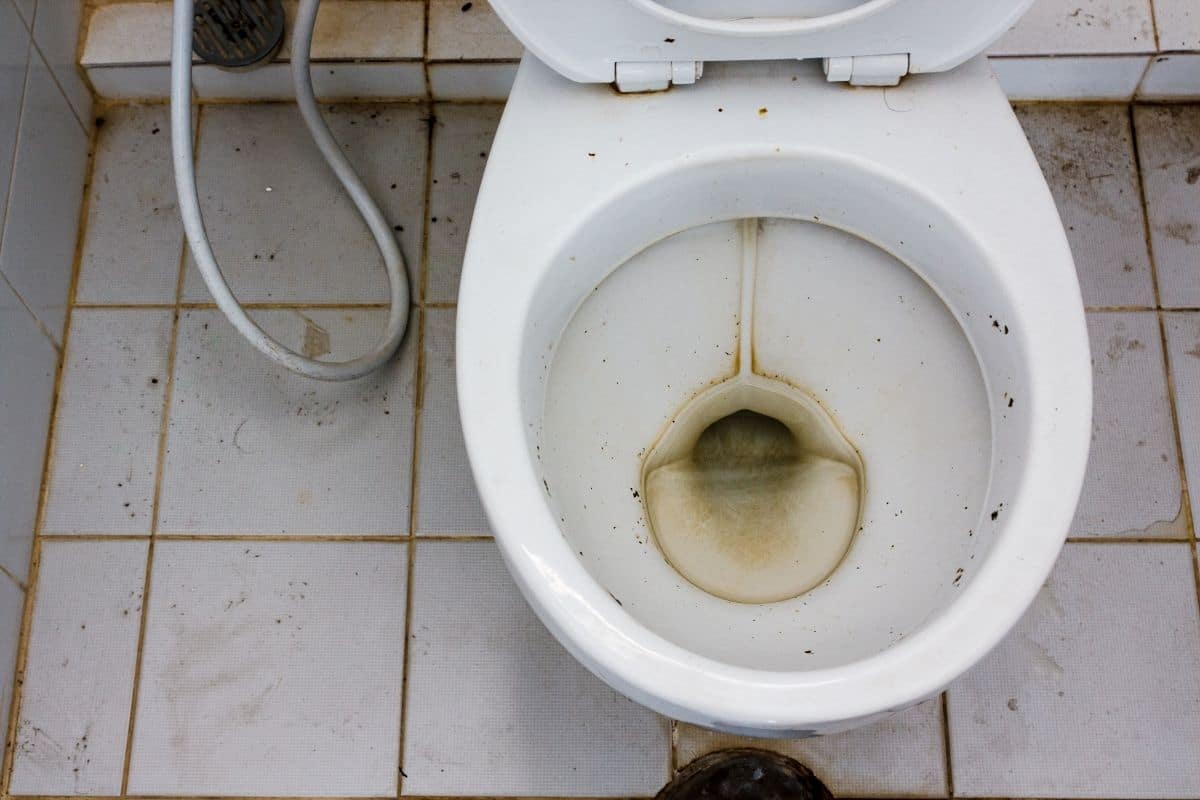
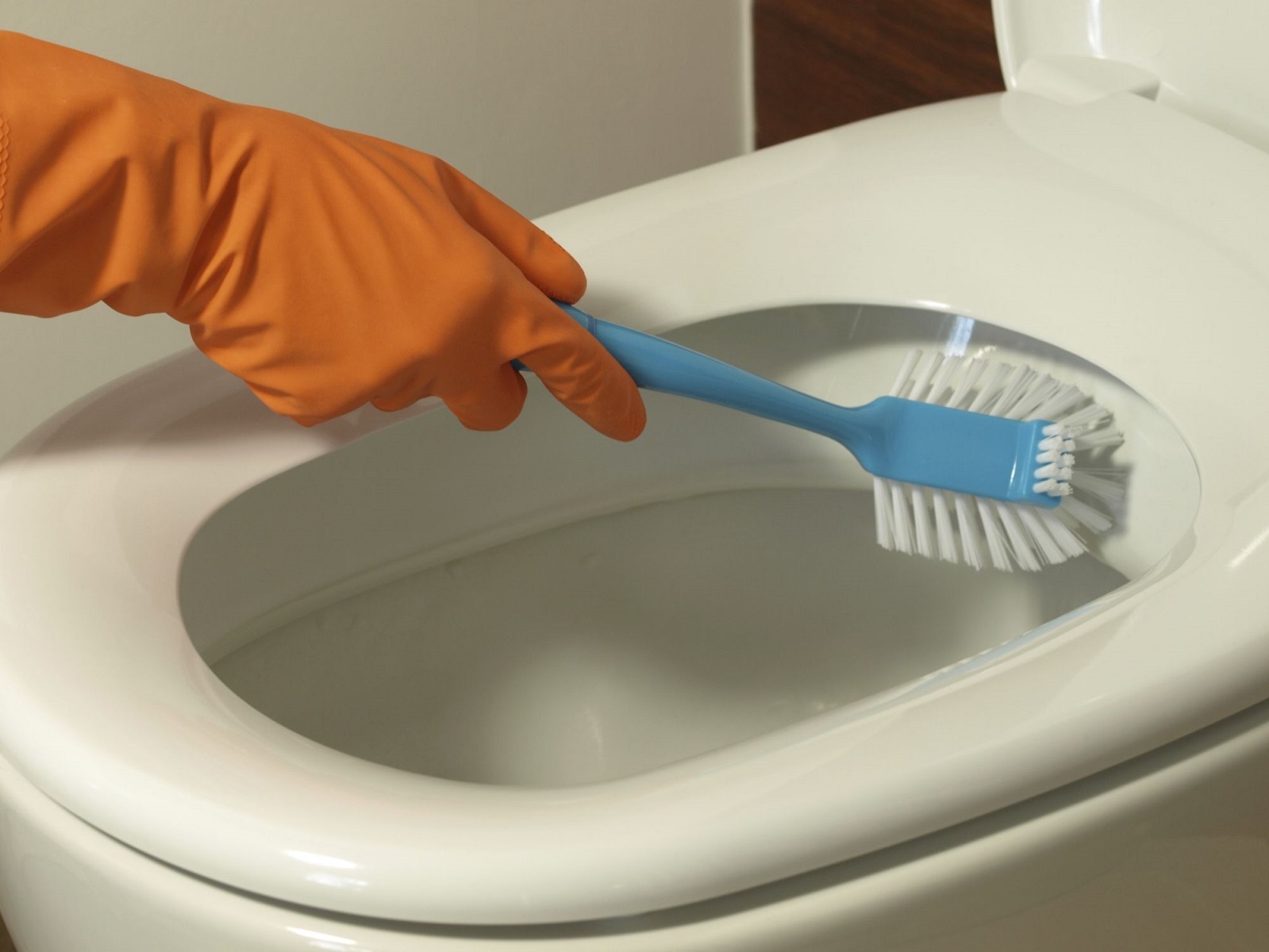
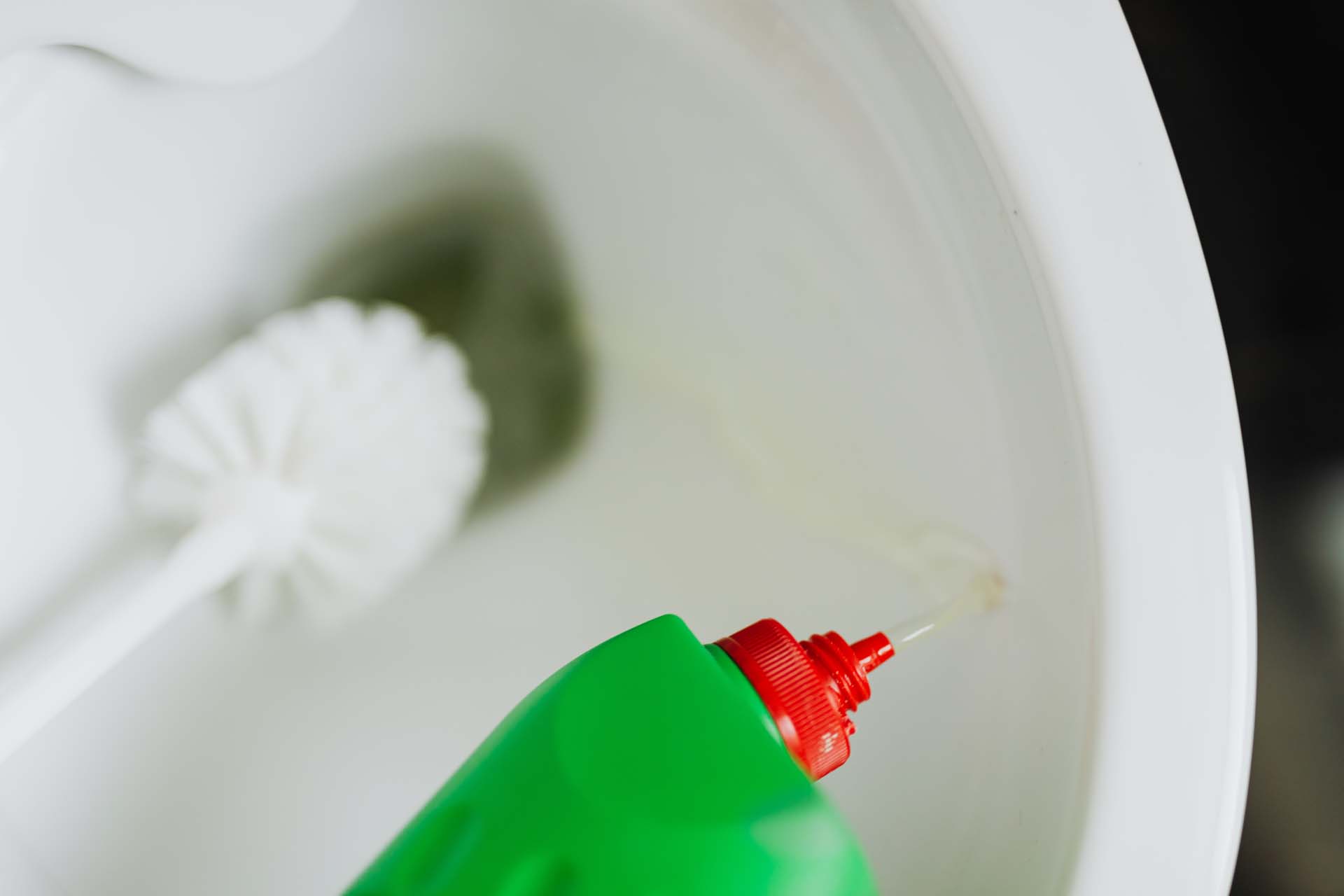
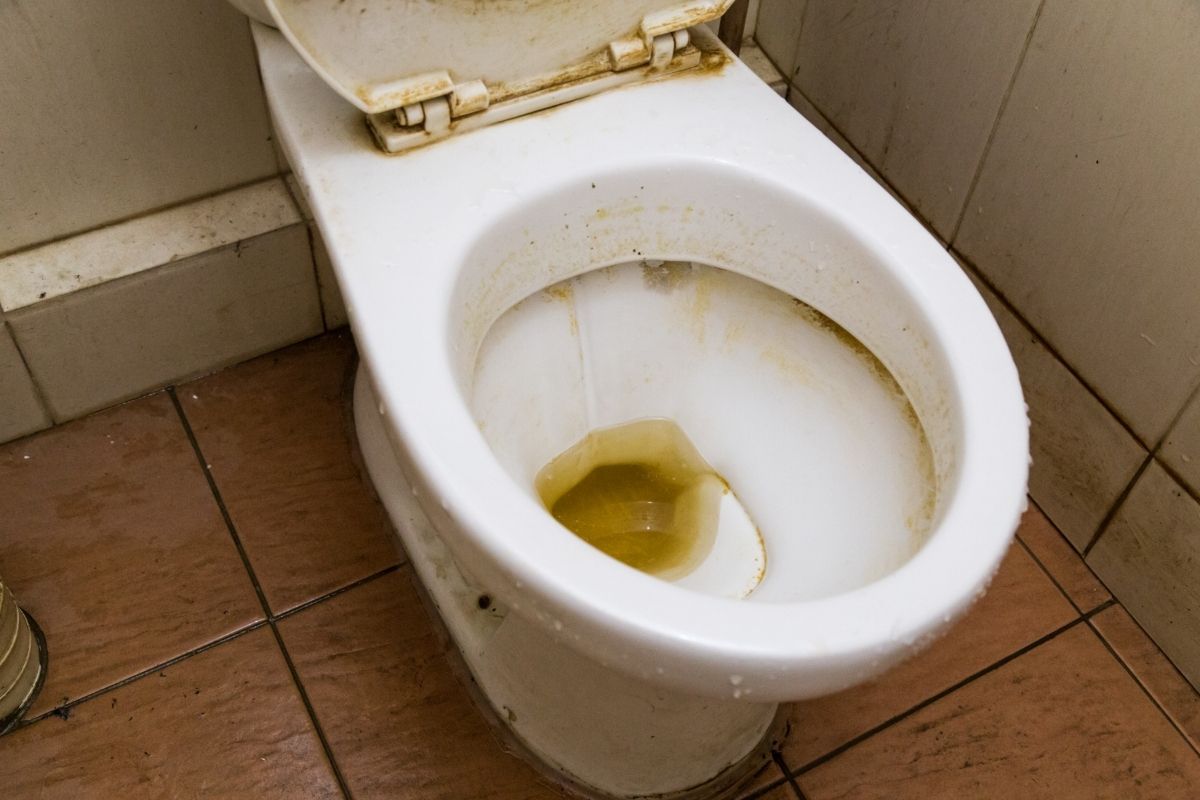
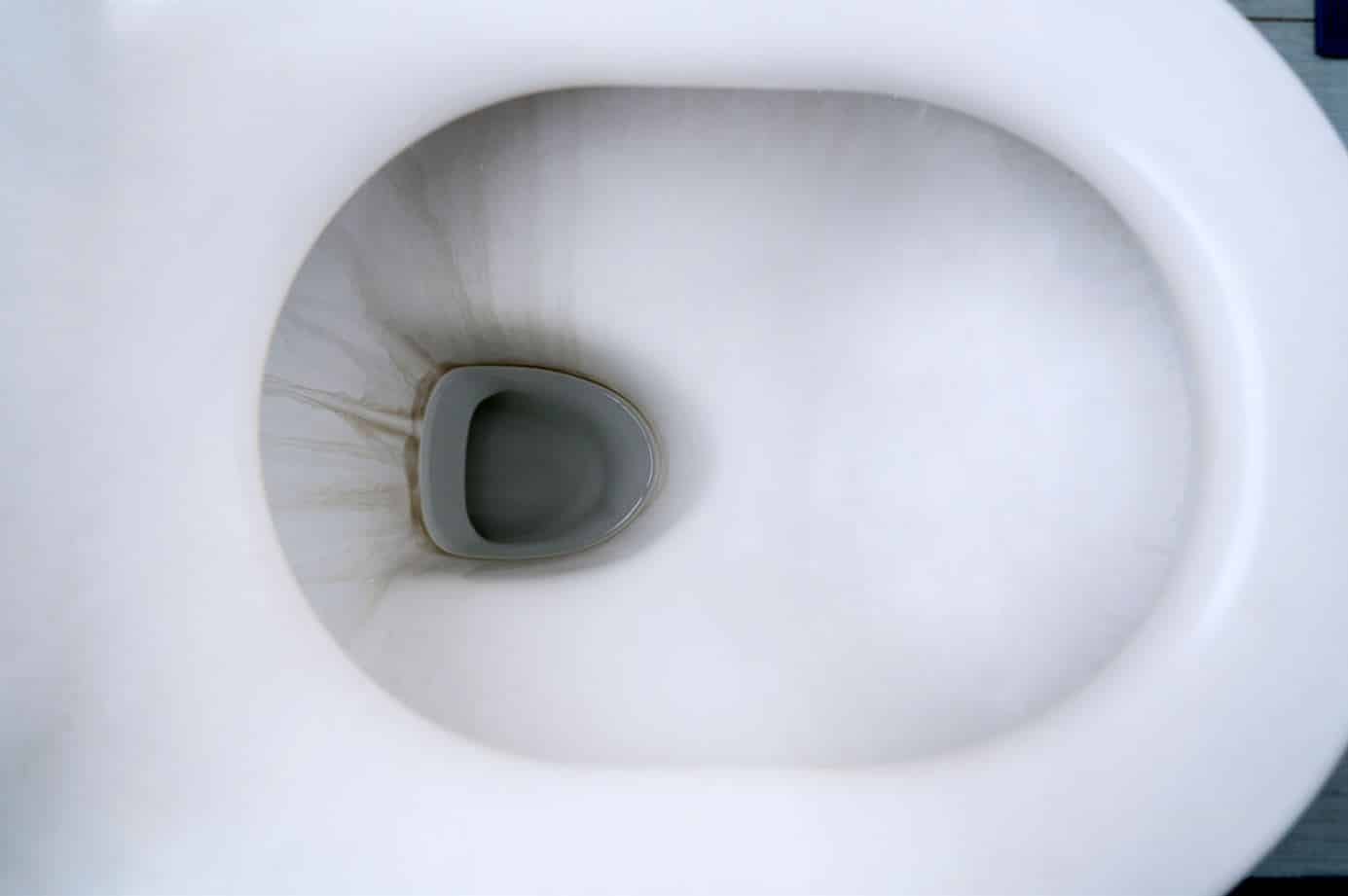
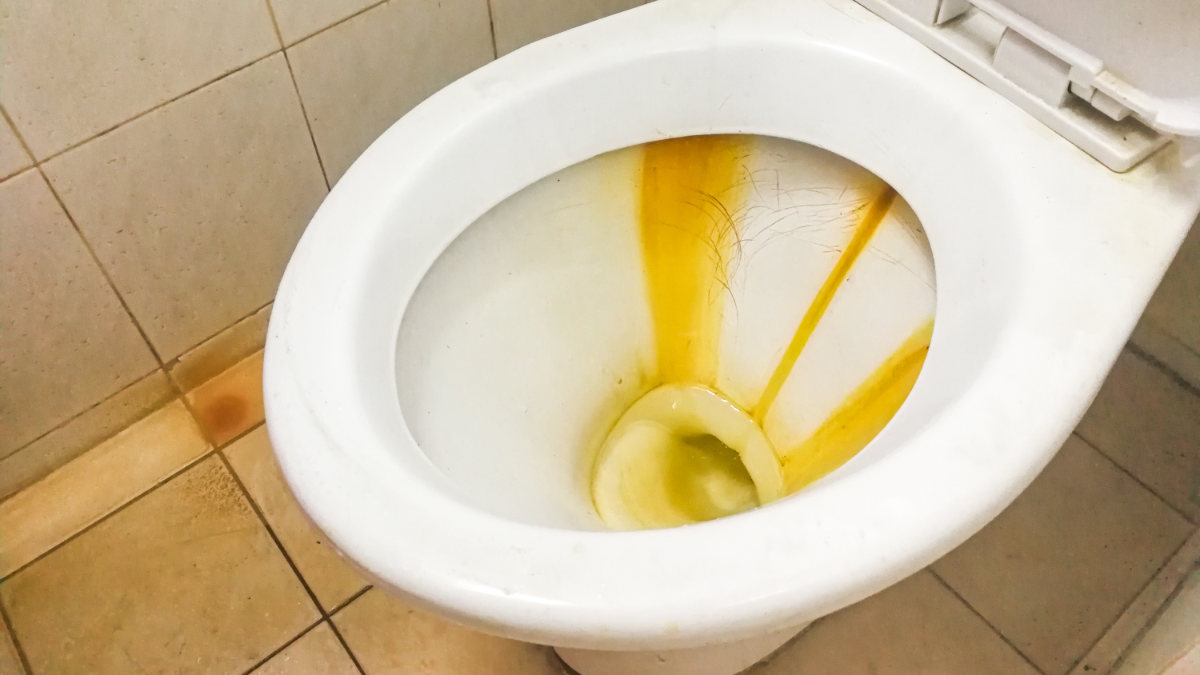
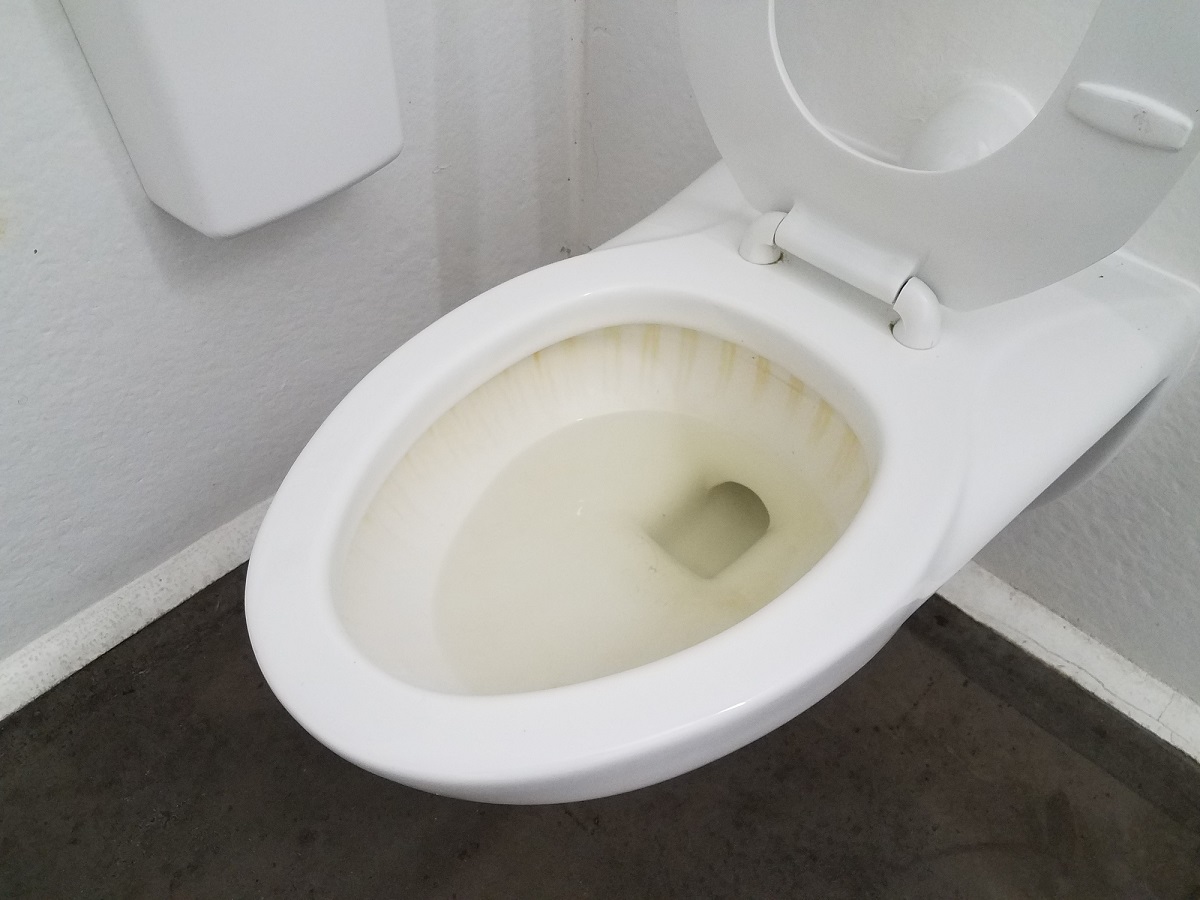
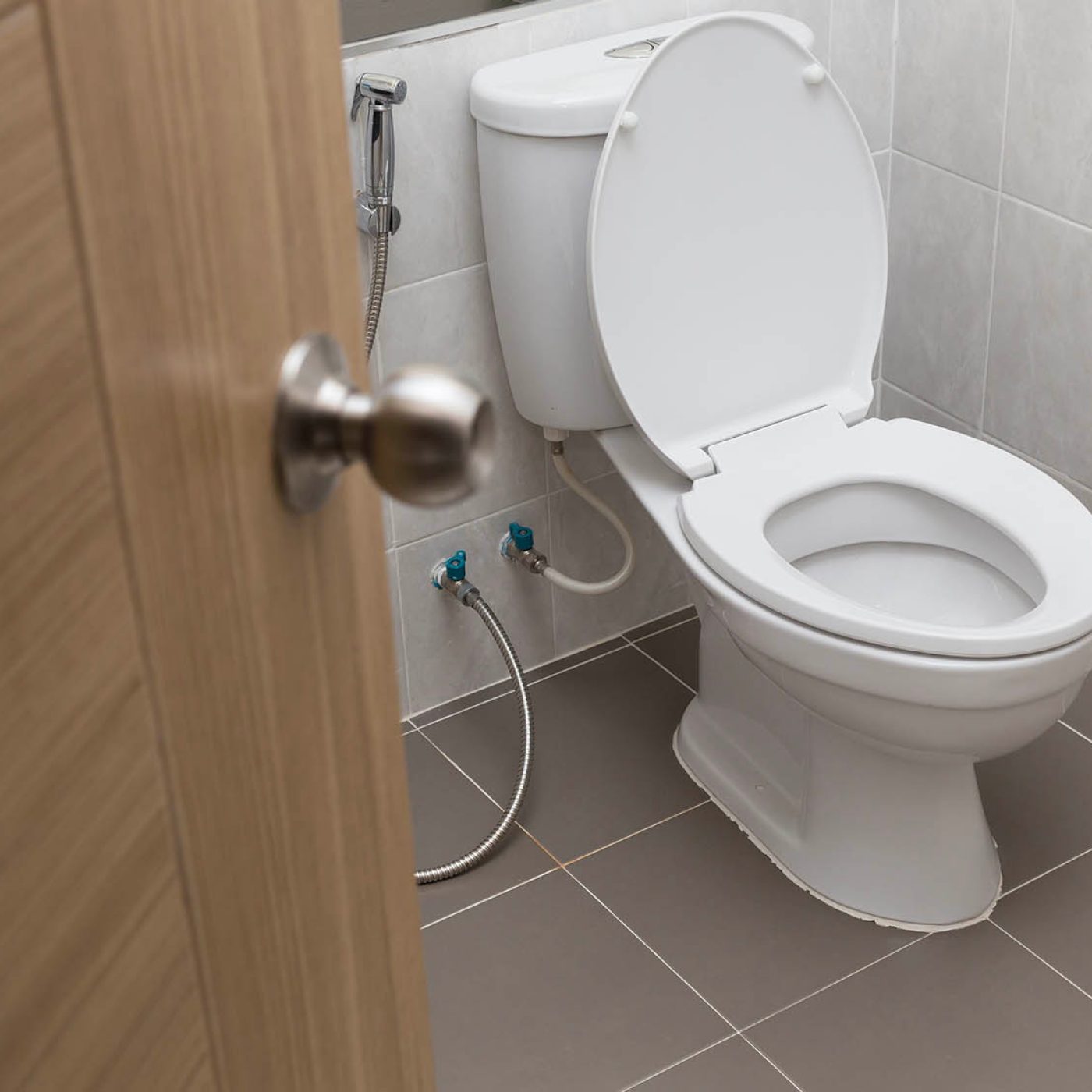
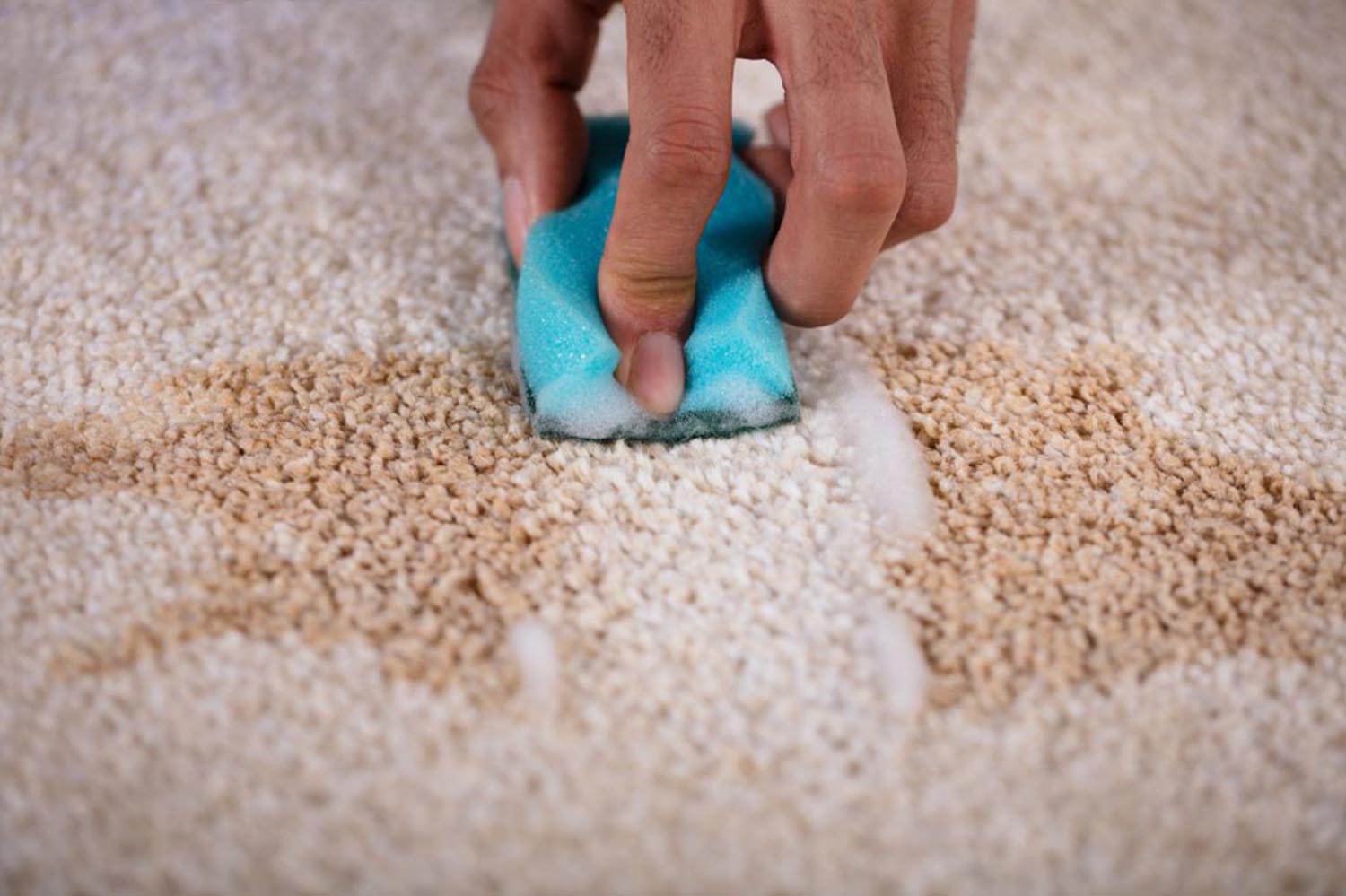
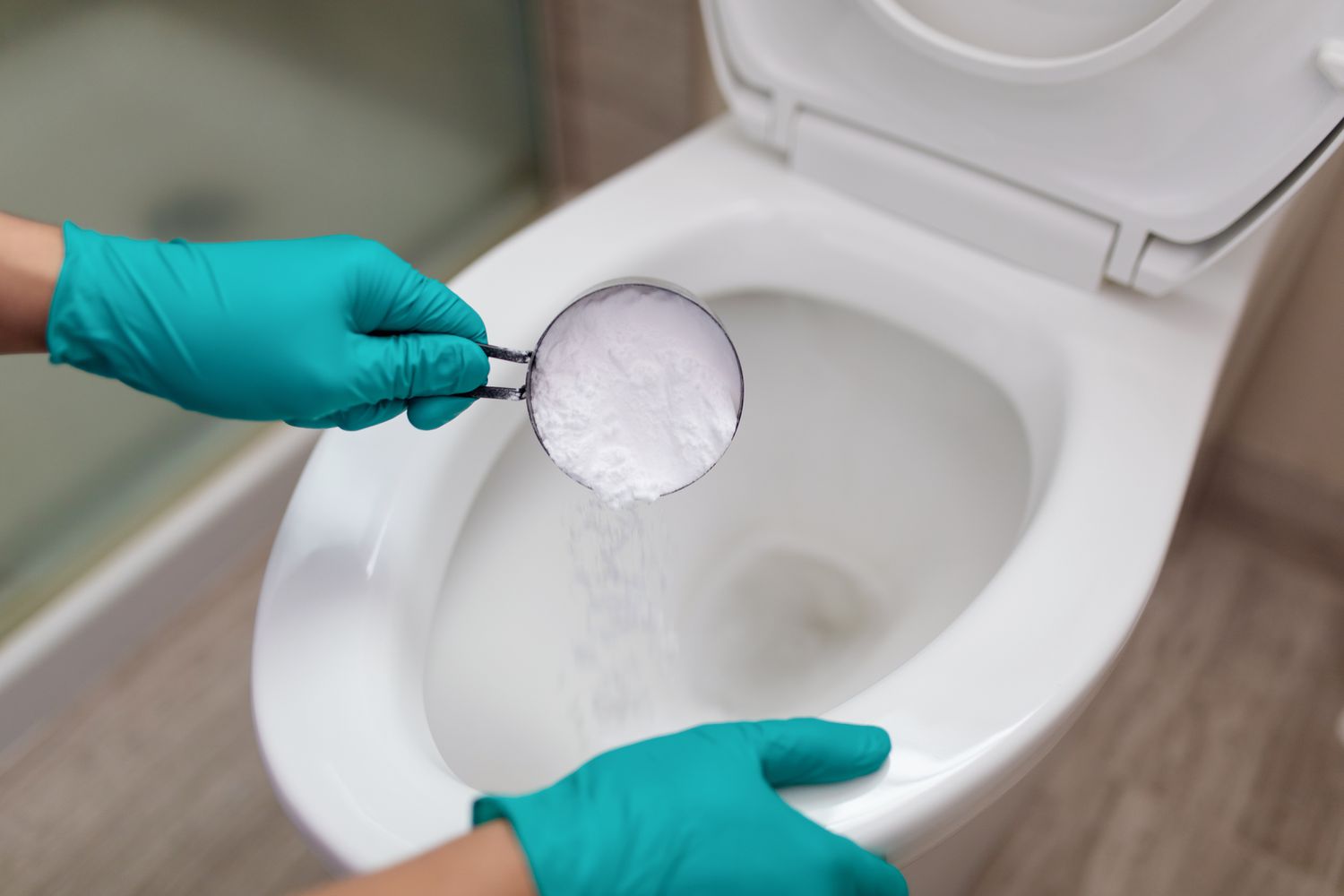
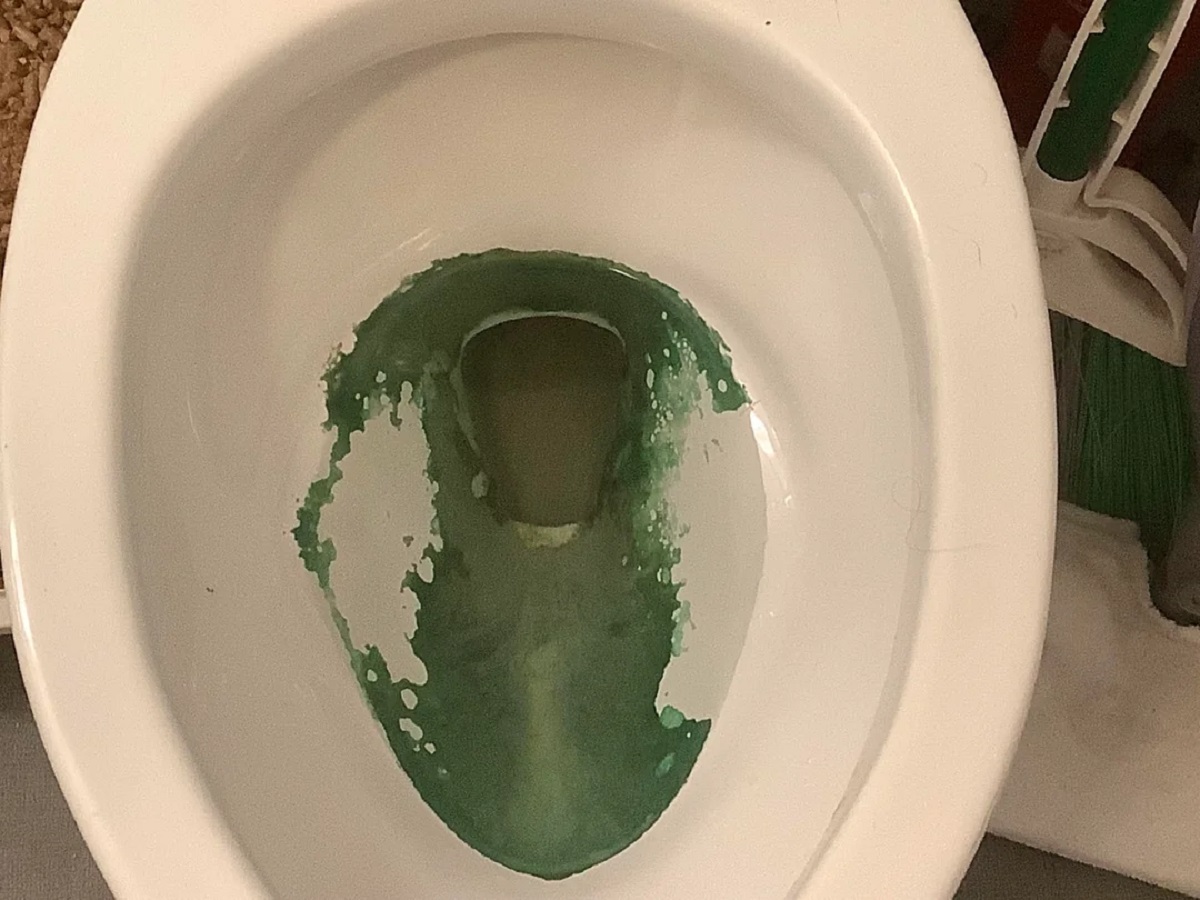
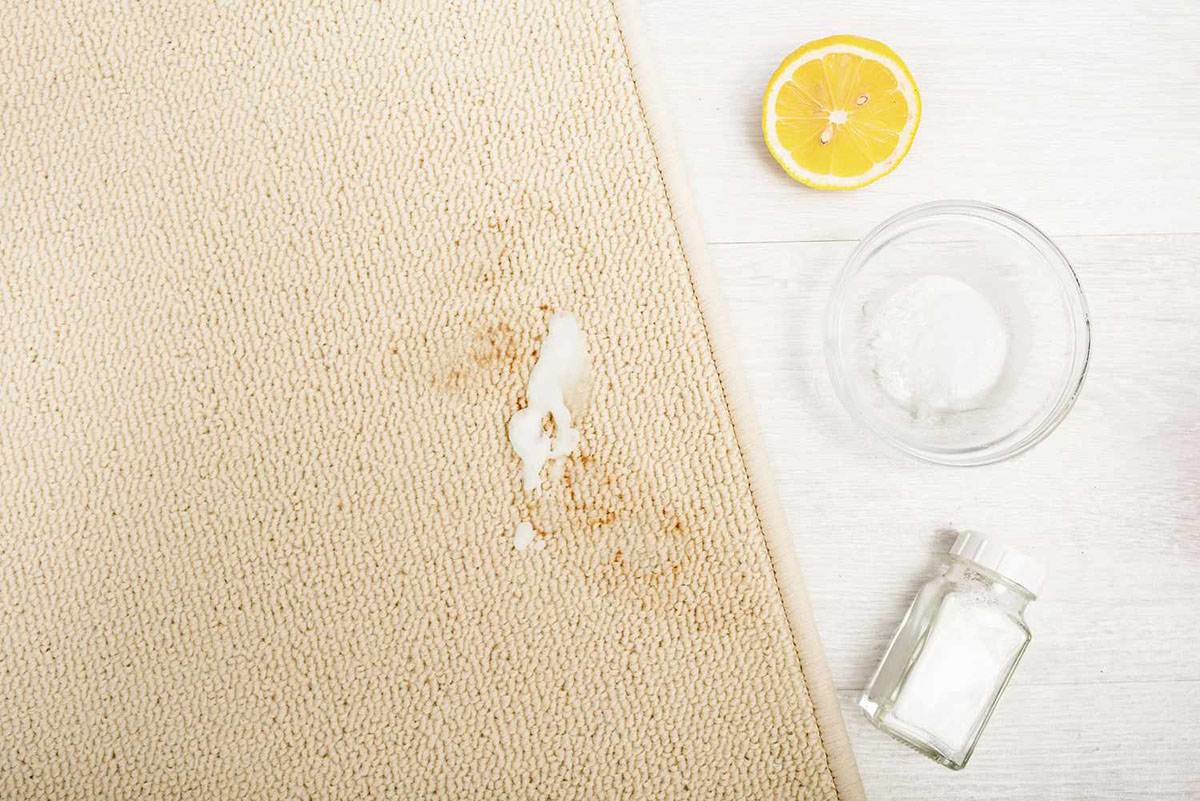

0 thoughts on “How To Clean Rust Stains From Toilet Bowl”